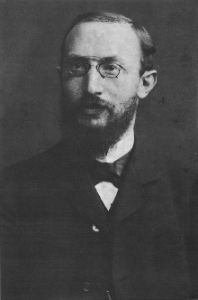Louis Lewin (1854-1929)
Overview
Louis Lewin (November 9, 1850 - December 1, 1929) was a German pharmacologist. In 1886, he published the first methodical analysis of the Peyote cactus. A German scientist, Lewin took up the task of classifying drugs and plants in accordance to their psychological effects. The classifications were Inebriantia (Inebriants), Exitantia (Stimulants), Euphorica (Euphoriants), Hypnotica (Tranquilizers), and Phantastica (Hallucinogens).
He received his education at the gymnasium and the University of Berlin (M.D. 1876). The two years following his graduation he spent in Munich, in the laboratories of von Voit and Pettenkofer. Returning to Berlin in 1878, he became assistant at the pharmacological institute of the university, and in 1881 he was admitted to the medical faculty as Privatdozent. In 1897 he was finally appointed professor.
Toxicological Perspective
One of Lewin's most enduring tasks was to create a system of classification for drugs and psychoactive plants based on their pharmacologic action. His original categories were:
- Inebriantia (Inebriants - Such as alcohol or ether)
- Exitantia (Stimulants - Such as Khat or Amphetamine)
- Euphorica (Euphoriants and Narcotics - Such as Heroin)
- Hypnotica (Tranquilizers - Such as Kava)
- Phantastica (Hallucinogens or Entheogens - Such as Peyote or Ayahuasca)

